Catalogue of Basic Rhythmic Cells
This section repeats the rhythmic cells introduced up to this point, for activities where it may be useful to have a full reference.
Simple Meter
| Reference number: | S1 | S2 | S3 | S4 |
|---|---|---|---|---|
| Description: | two even notes | four even notes | long-short-short | short-short-long |
| Staff notation (eighth note beat): | ||||
| Staff notation (quarter note beat): | ||||
| Staff notation (half note beat): | ||||
| Takadimi syllables: | ta di | ta ka di mi | ta di mi | ta ka di |
| Number syllables: | 1 and | 1 ee and a | 1 and a | 1 ee and |
| Kodaly syllables: | ti ti | ti ri ti ri | ti ti ri | ti ri ti |
| Protonotation |
| Reference number: | S5 | S6 | S7 | S8 |
|---|---|---|---|---|
| Description: | long-short within a simple beat | long-short across two simple beats | short-long within a simple beat | short-long across two simple beats |
| Staff notation (eighth note beat): | ||||
| Staff notation (quarter note beat): | ||||
| Staff notation (half note beat): | ||||
| Takadimi syllables: | ta mi | ta [di ta] di | ta ka | ta di [ta di] |
| Number syllables: | 1 a | 1 [and 2] and | 1 ee | 1 and [2 and] |
| Kodaly syllables: | ||||
| Protonotation: |  |
 |
 |
| Reference number: | S9 | S10 |
|---|---|---|
| Description: | short-long-short within a beat | short-long-short across two beats |
| Staff notation (eighth note beat): |  or or |
|
| Staff notation (quarter note beat): |  or or |
|
| Staff notation (half note beat): | ||
| Takadimi syllables: | ta ka di | ta di [ta] di |
| Number syllables: | 1 ee a | 1 and [2] and |
| Kodaly syllables: | ||
| Protonotation: |  |
 |
Compound Meter
| Reference number: | C1 | C2 | C3 | C4 | C5 |
|---|---|---|---|---|---|
| Description: | one note per beat | three even notes per beat | long-short within a compound beat | short-long within a compound beat | six even notes per beat |
| Staff notation (dotted eighth note beat): | |||||
| Staff notation (dotted quarter note beat): | |||||
| Staff notation (dotted half note beat): | |||||
| Takadimi syllables: | ta | ta ki da | ta da | ta ki | ta va ki di da ma |
| Number syllables: | 1 | 1 la li or 1 & a | 1 li or 1 a | 1 la or 1 & | 1 ta la ta li ta |
| Kodaly syllables: | |||||
| Protonotation | 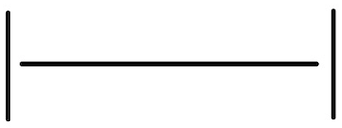 |
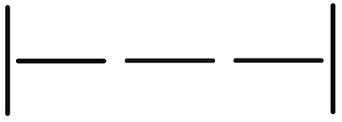 |
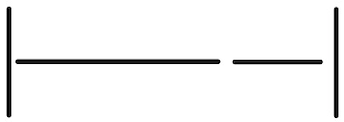 |
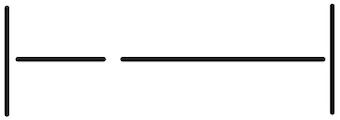 |
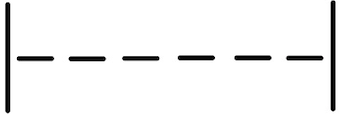 |
| Reference number: | C6 | C7 | C8 | C9 | C10 |
|---|---|---|---|---|---|
| Description: | long-four shorts | long-three shorts | long-two shorts | long-short-medium | medium-long-short |
| Staff notation (dotted eighth note beat): | |||||
| Staff notation (dotted quarter note beat): | |||||
| Staff notation (dotted half note beat): | |||||
| Takadimi syllables: | ta ki di da ma | ta di da ma | ta da ma | ta di da | ta ki ma |
| Number syllables: | 1 la ta li ta | 1 ta li ta | 1 li ta | 1 ta li | 1 la ta |
| Kodaly syllables: | |||||
| Protonotation | 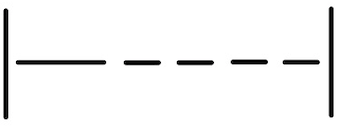 |
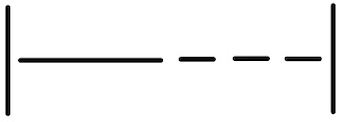 |
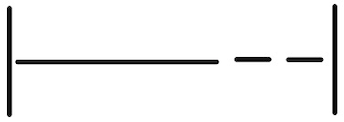 |
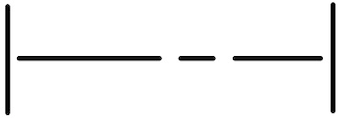 |
 |
Activity: Identify Rhythmic Cells By Ear
Goal: Identify compound and simple rhythmic cells in sounding music.
Instructions: Identify the rhythmic cells used in melodies in Brian Edward Jarvis’s Rhythmic Pattern Dictation Trainer. Note that the trainer’s notation typically assumes a quarter-note beat in simple meter and a dotted-quarter-note beat in compound meter. If a specific type of meter is most difficult (simple or compound), it may be useful to start there, but aim to eventually work with both.
Image Attributions |
|

